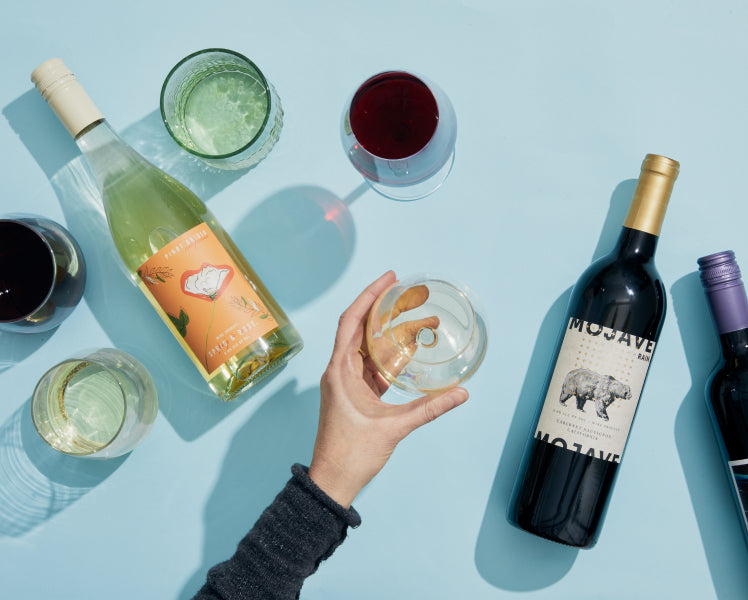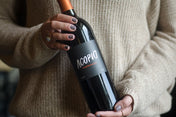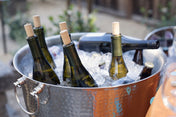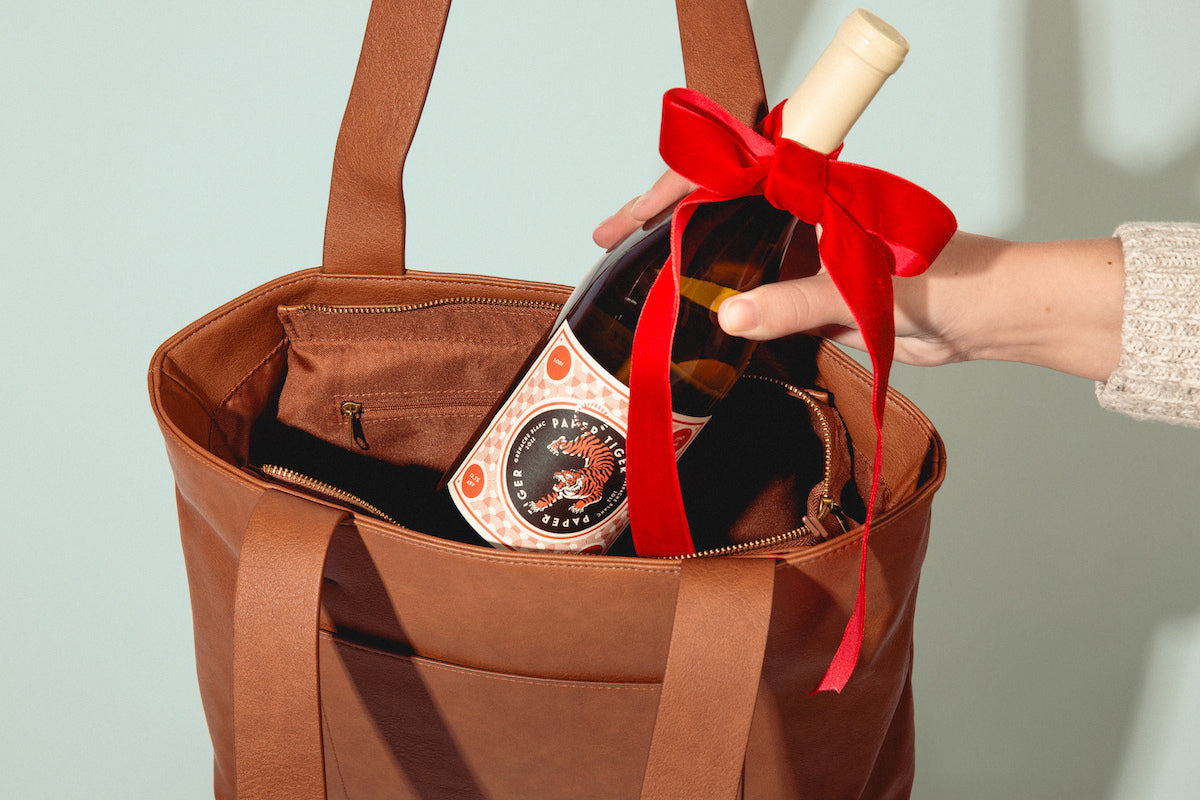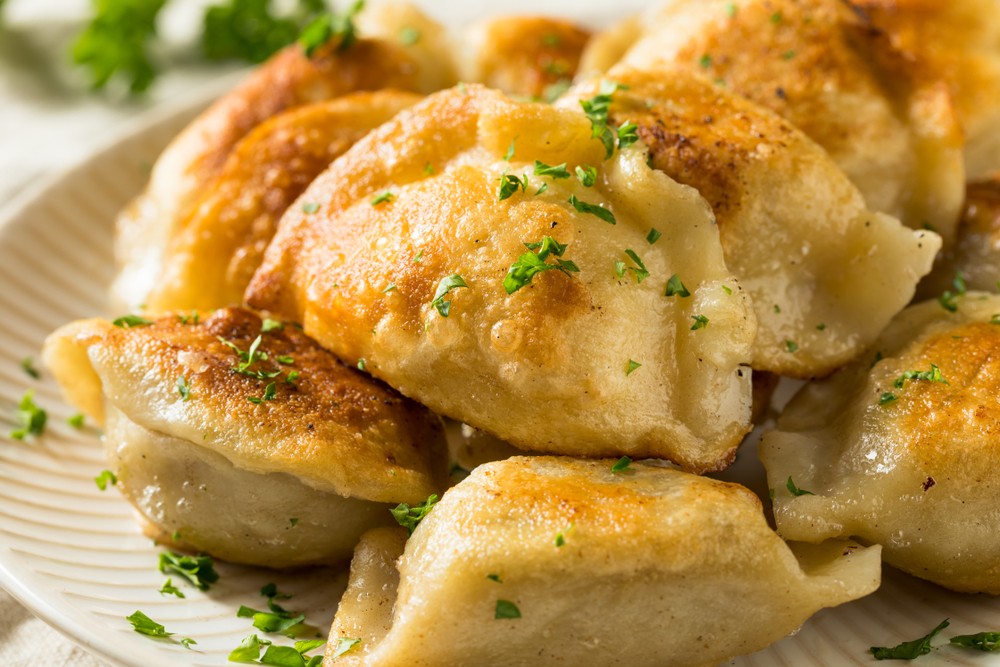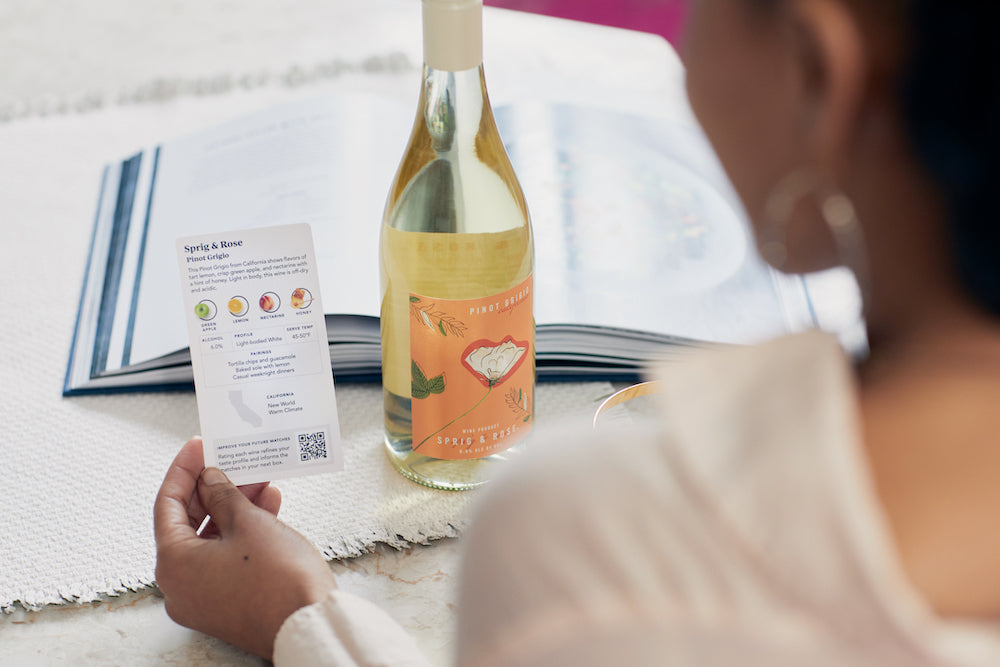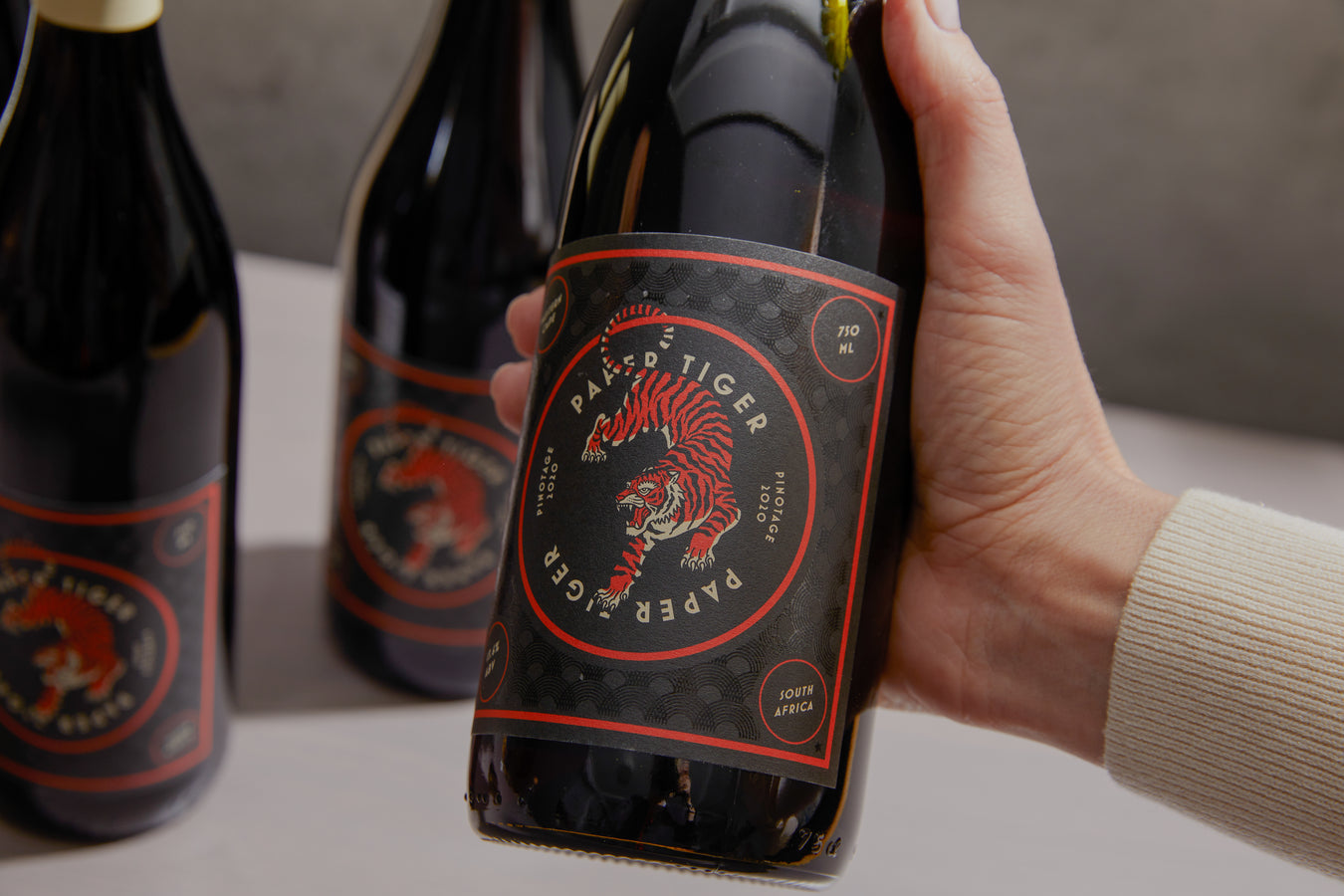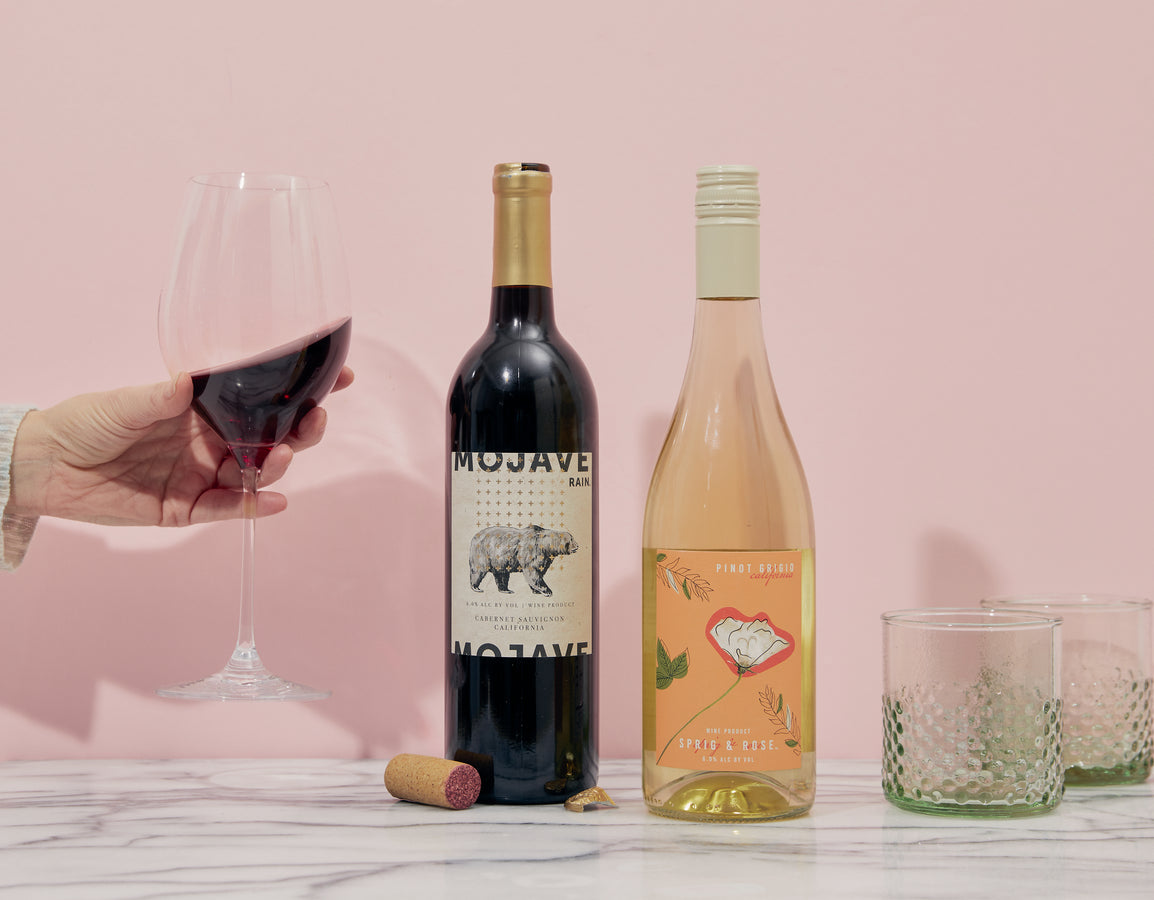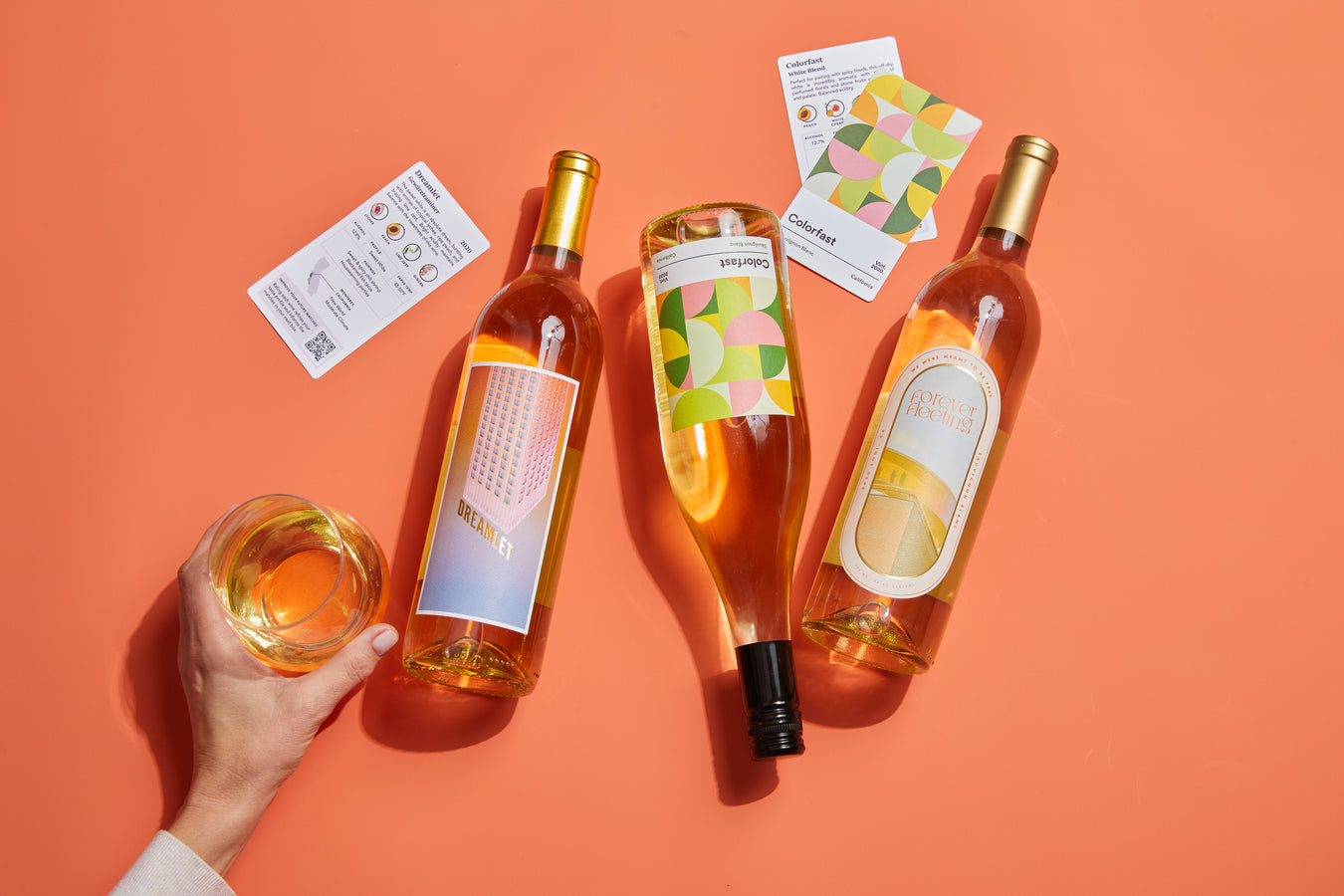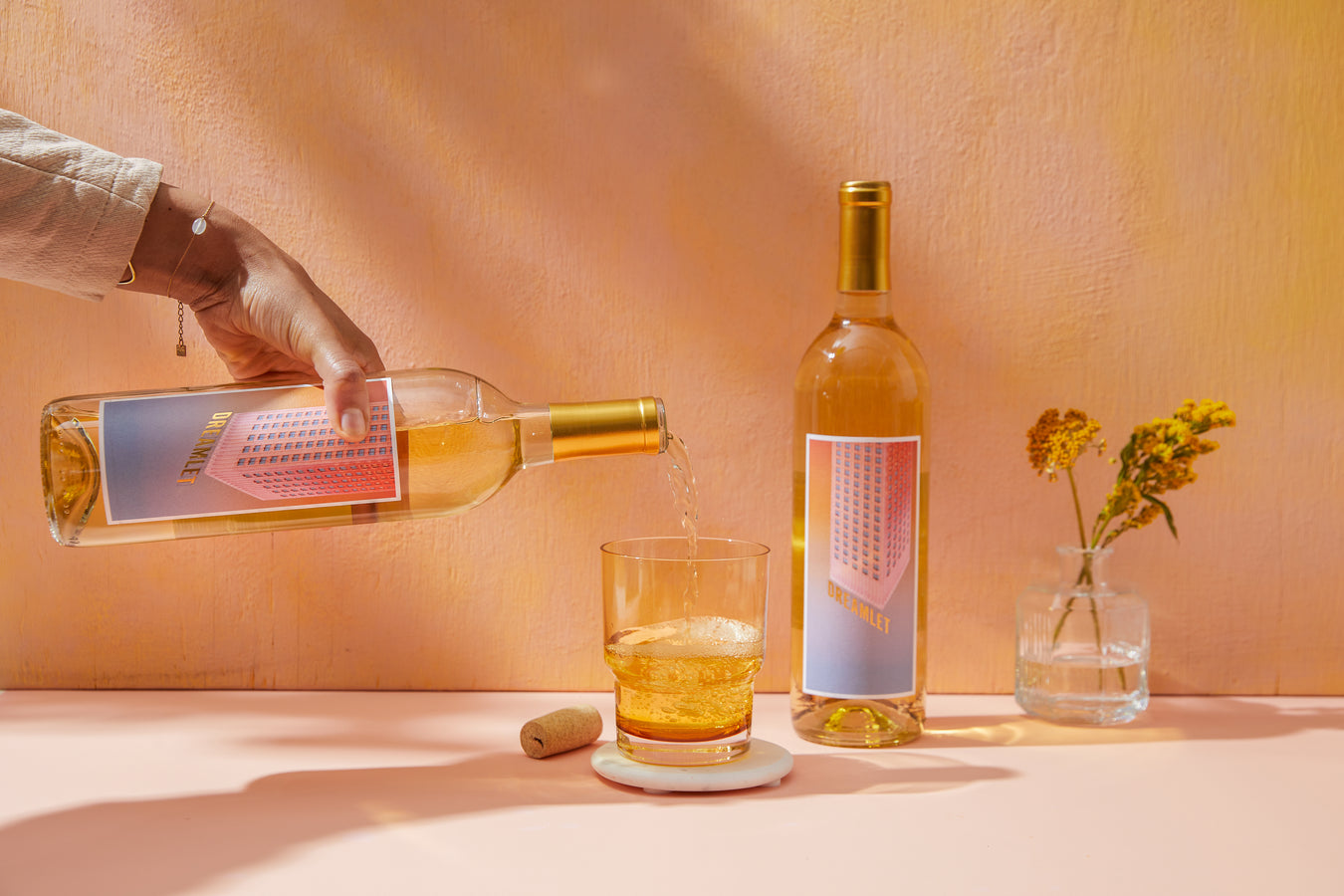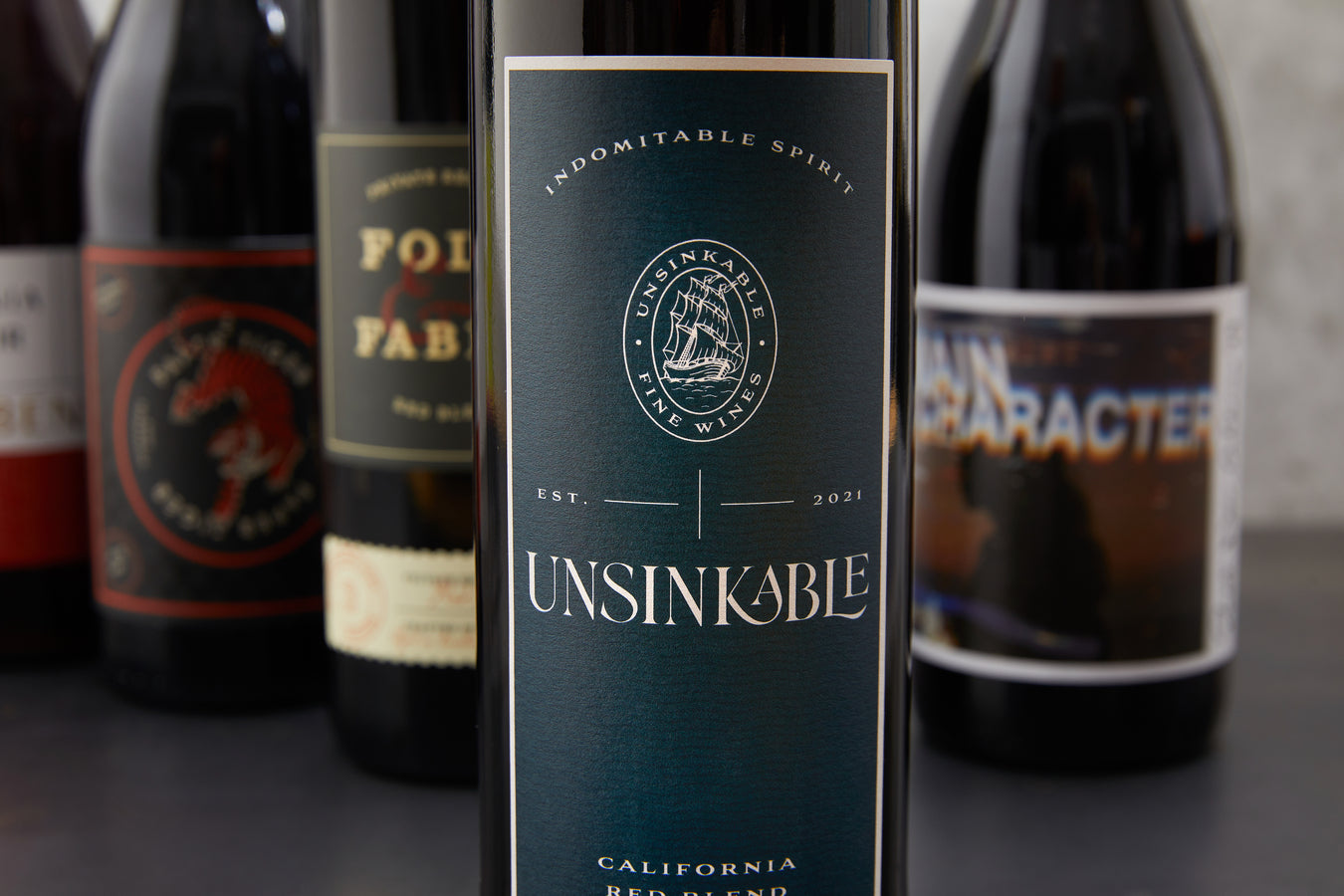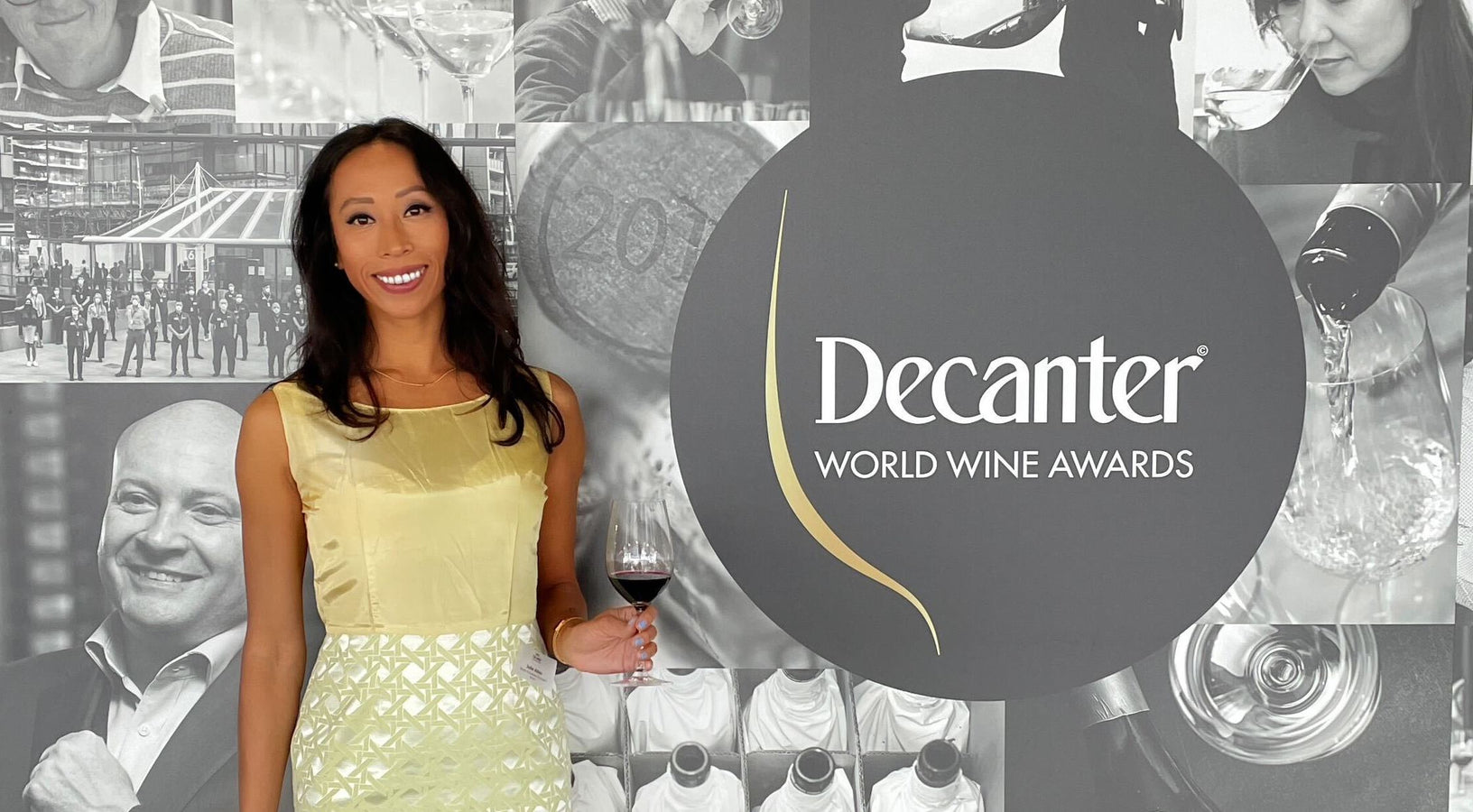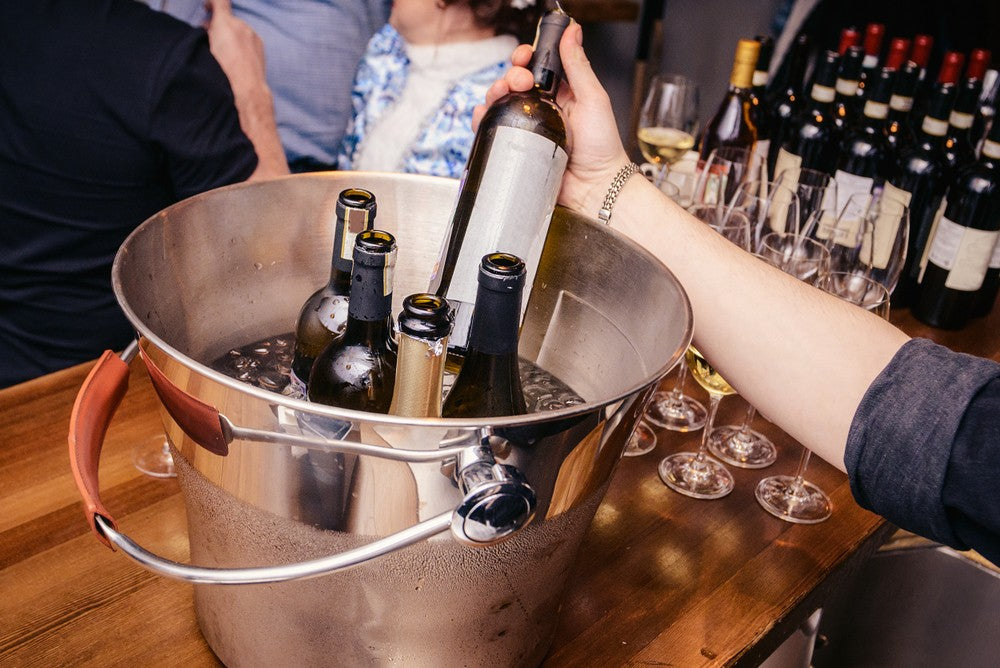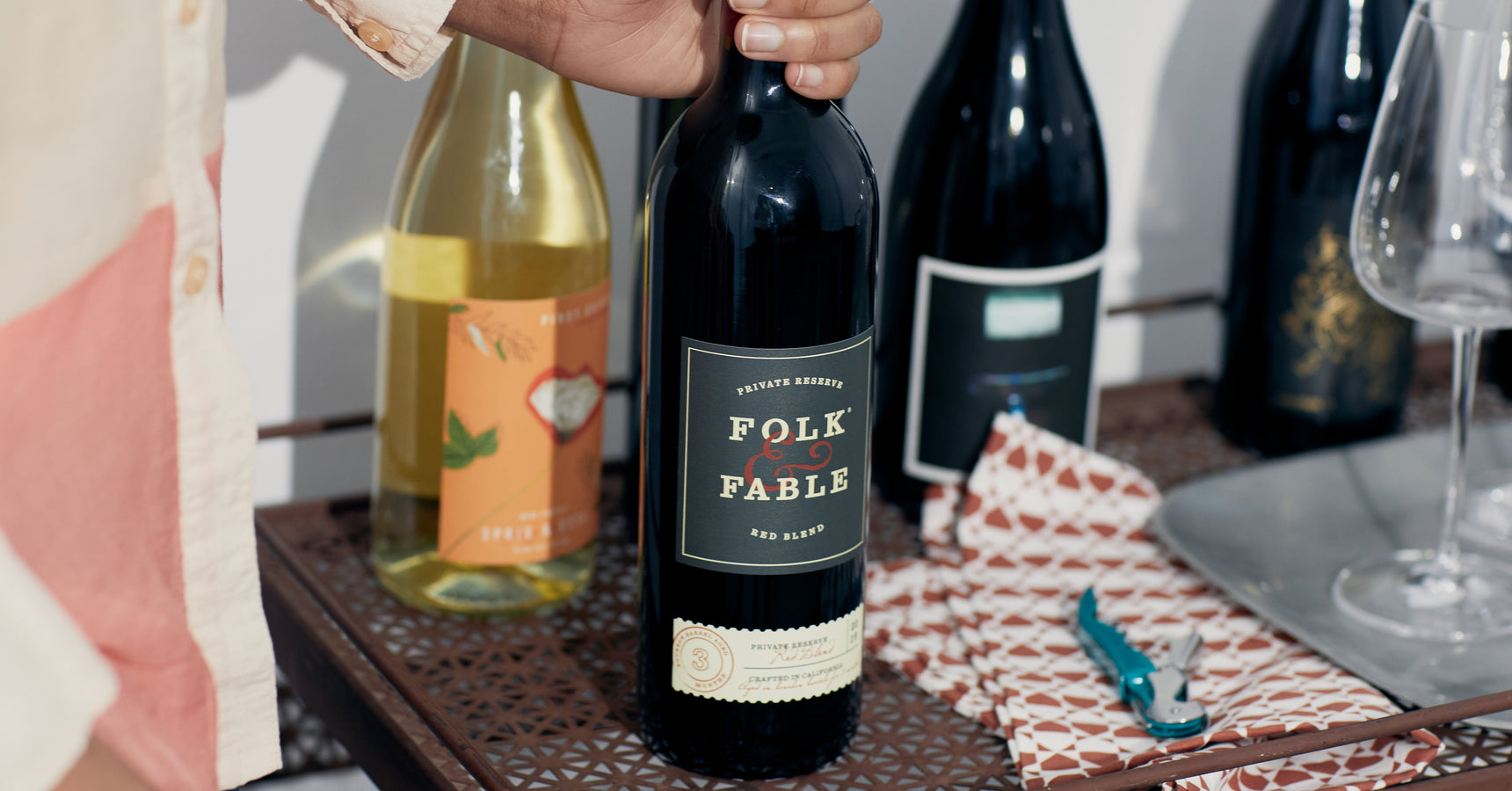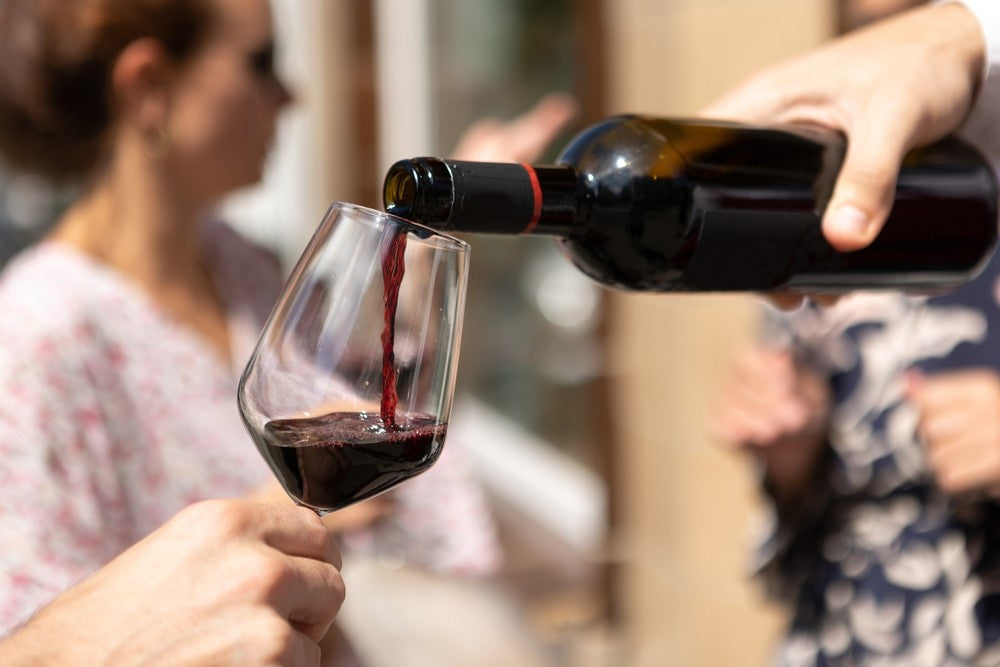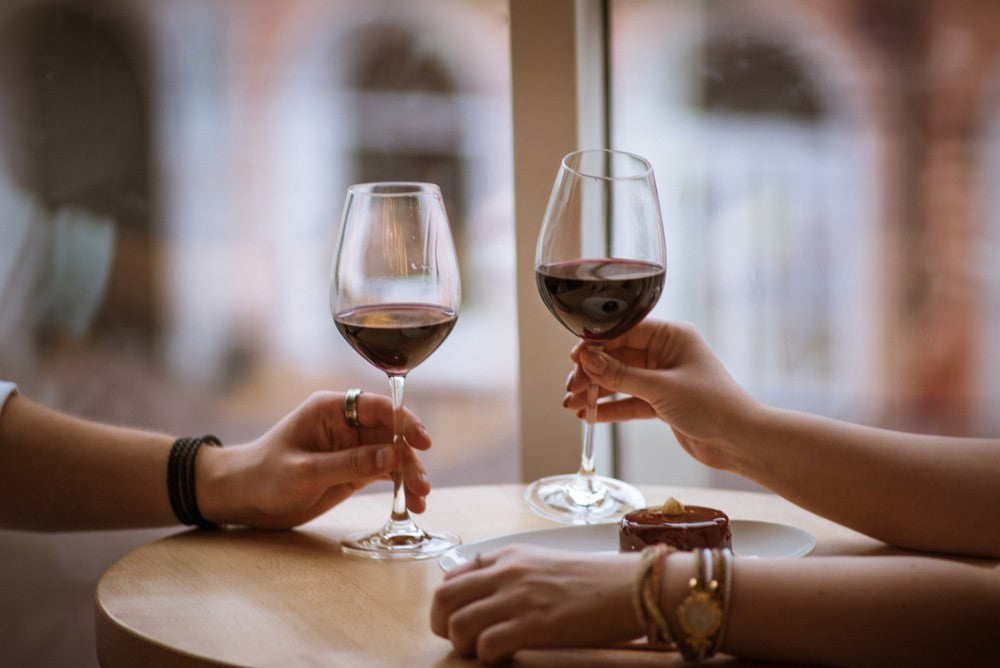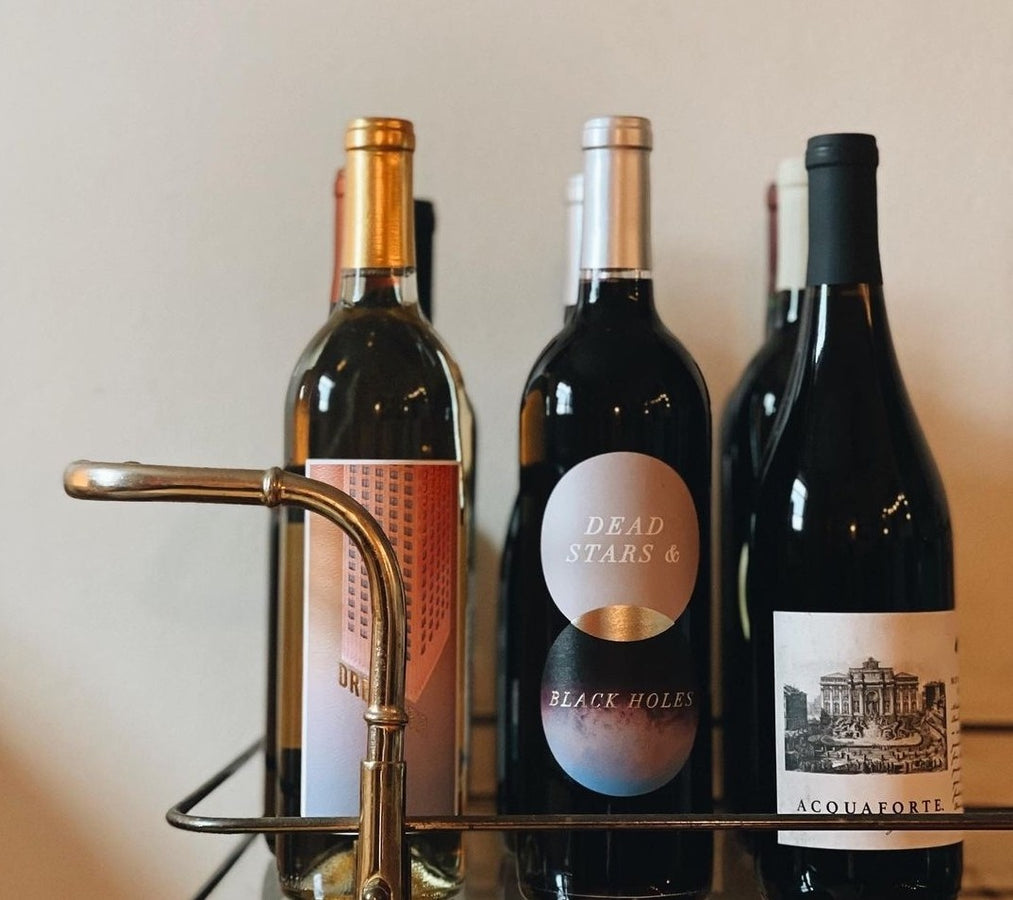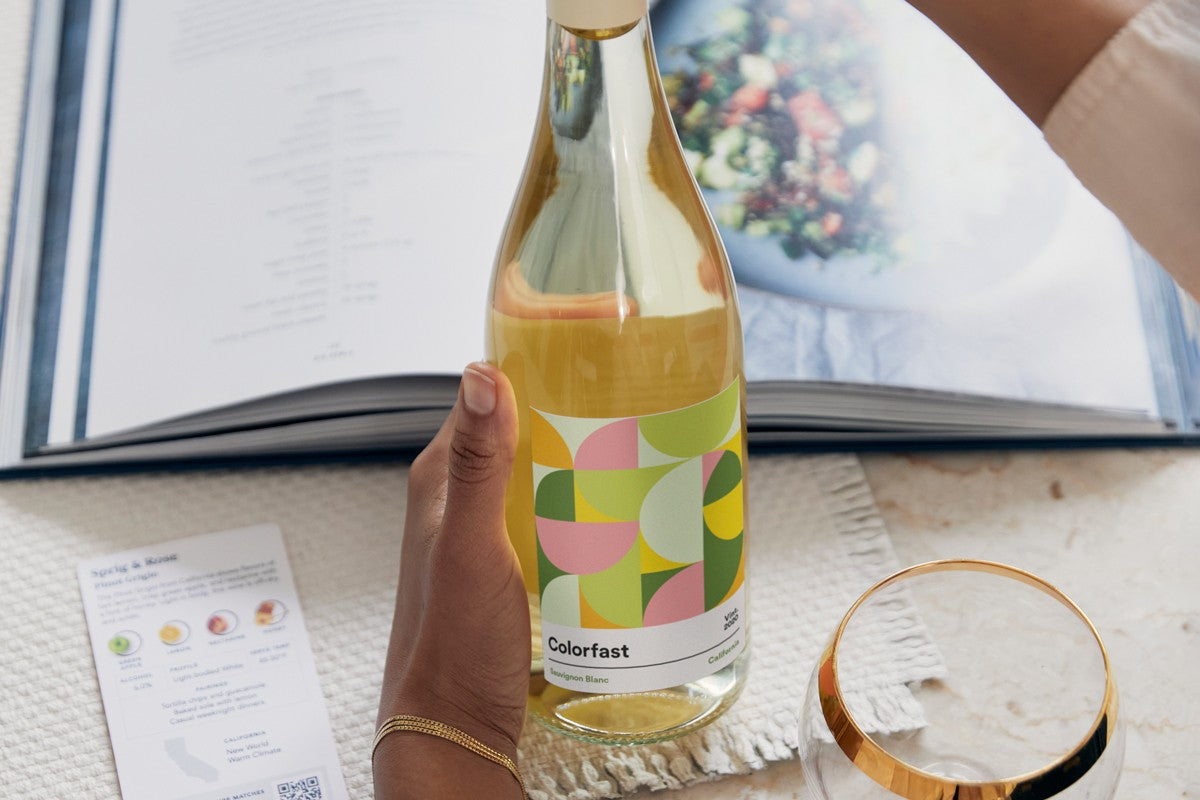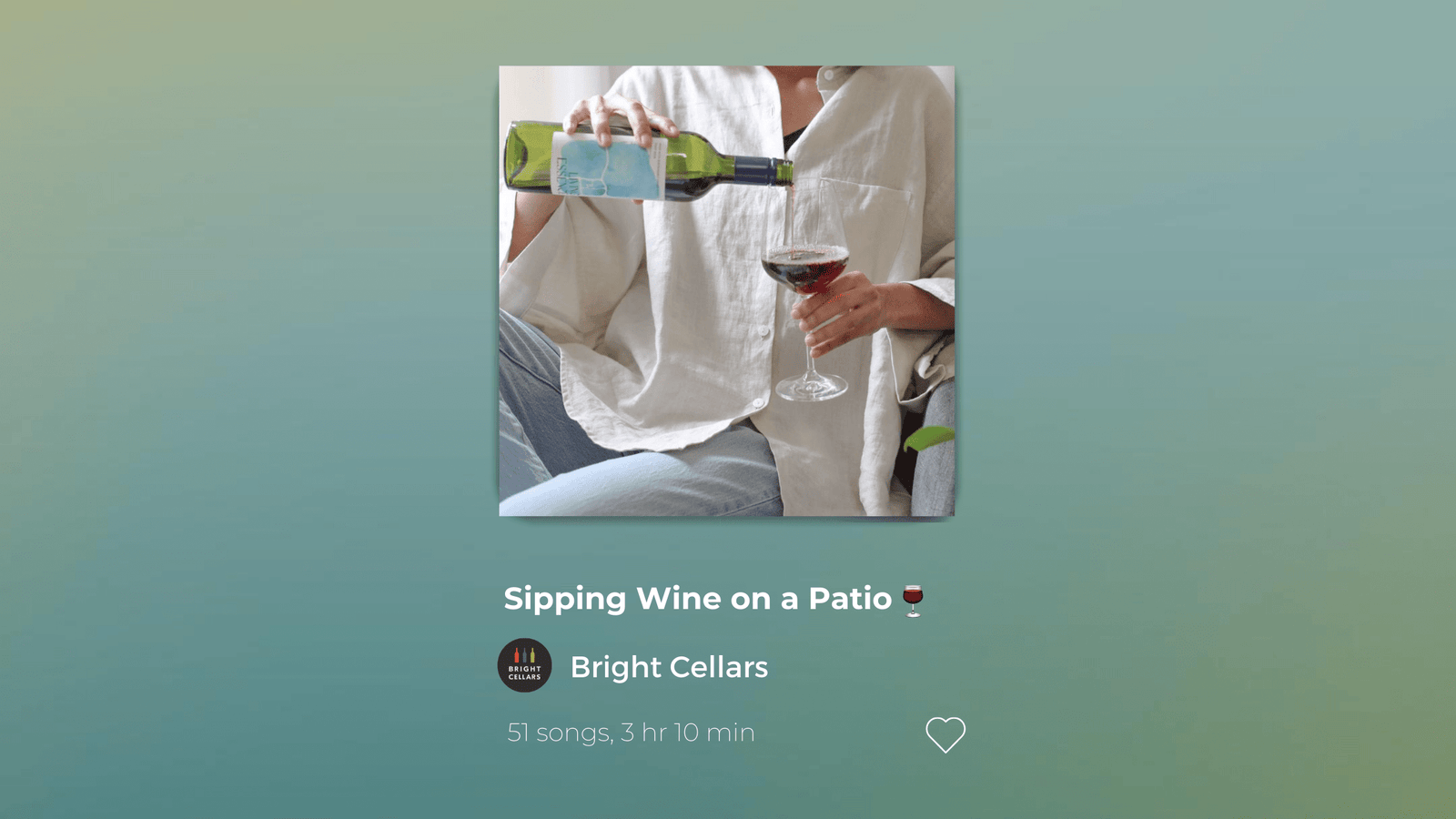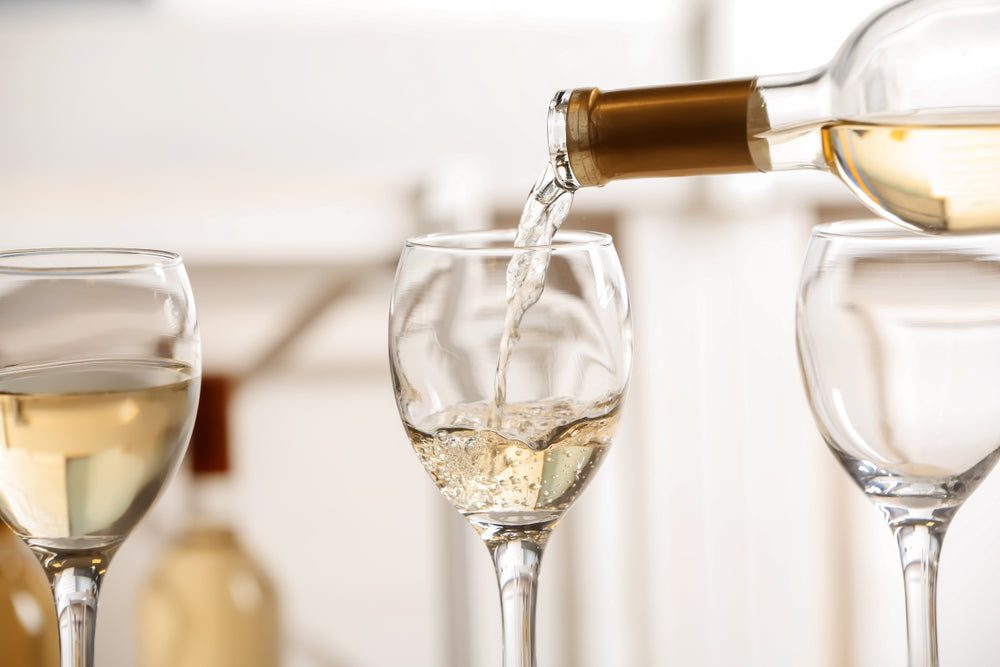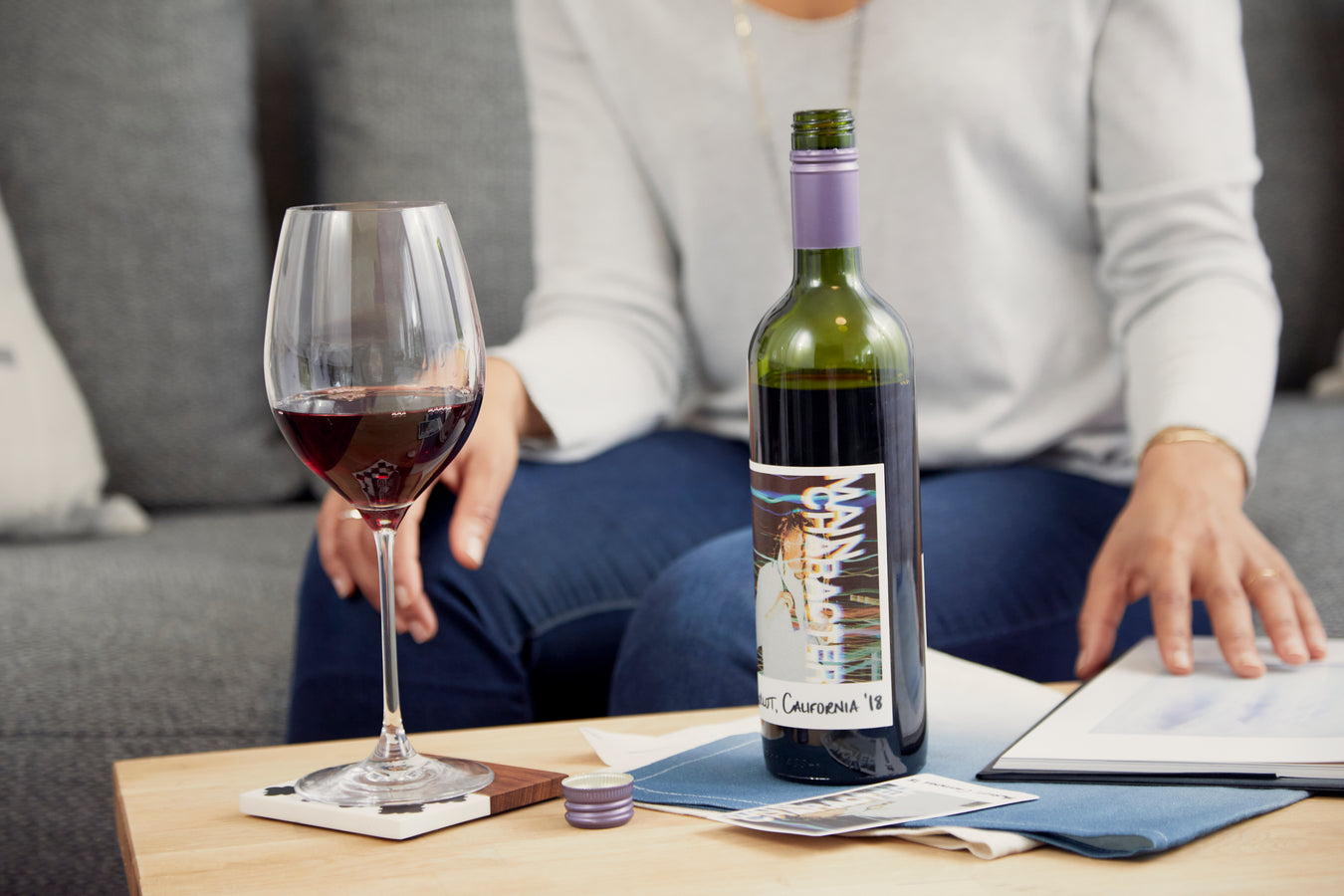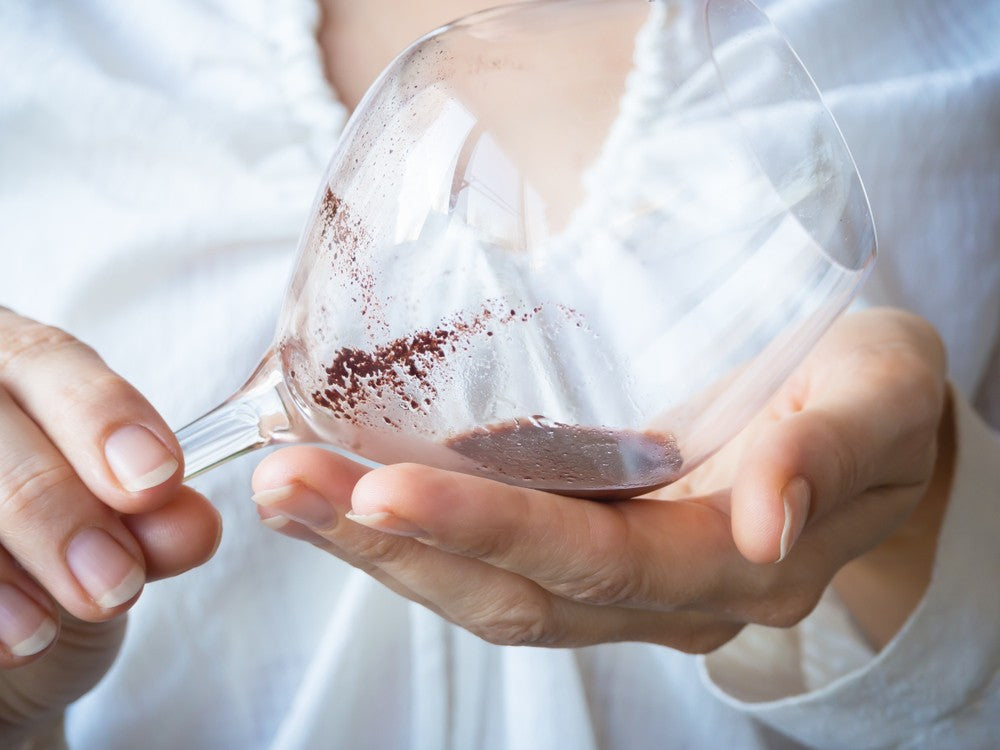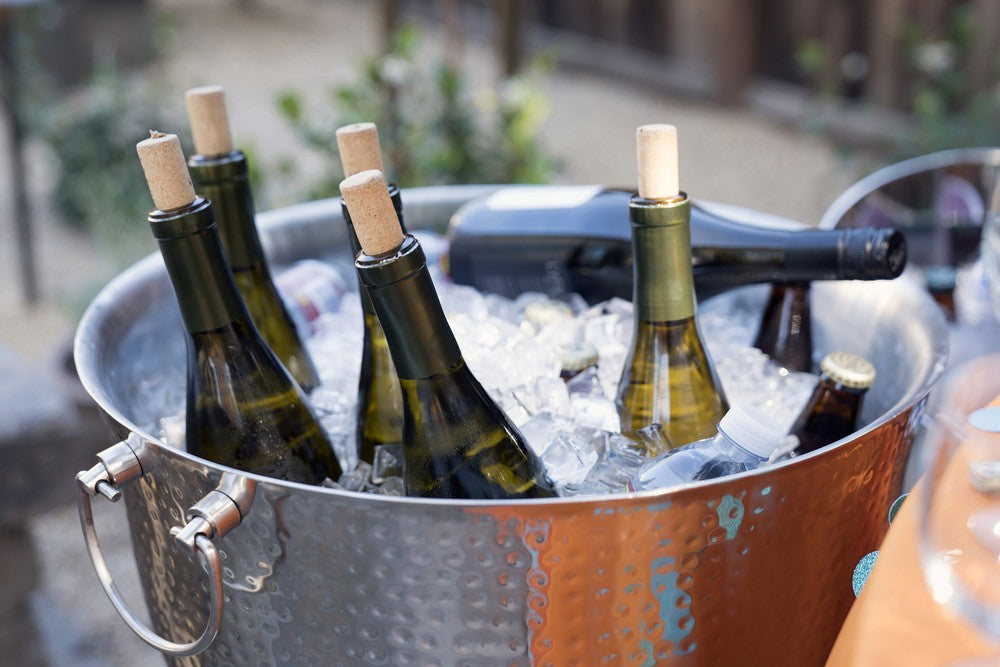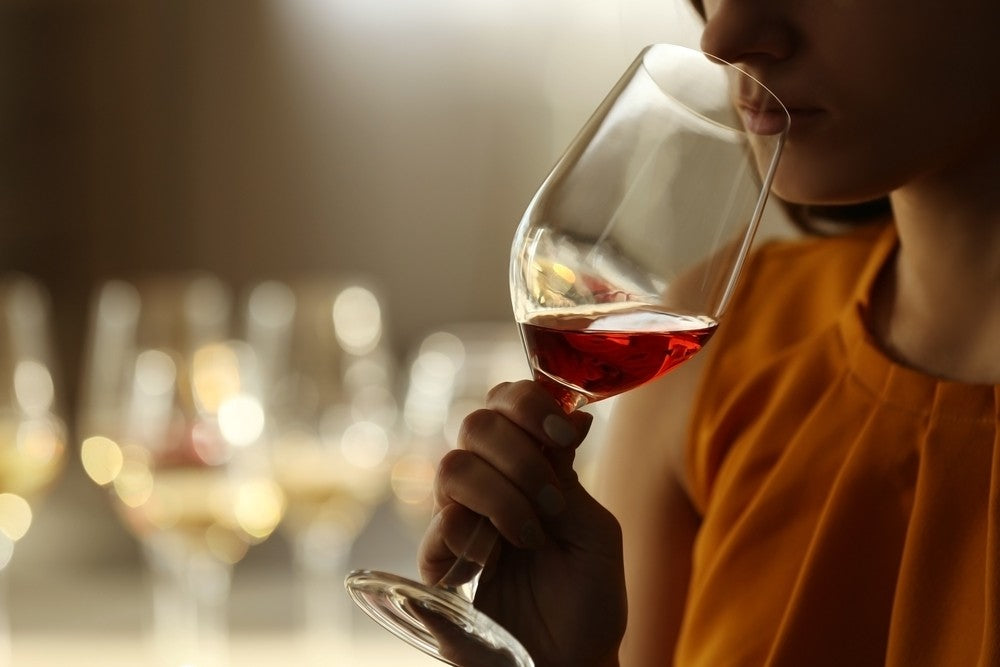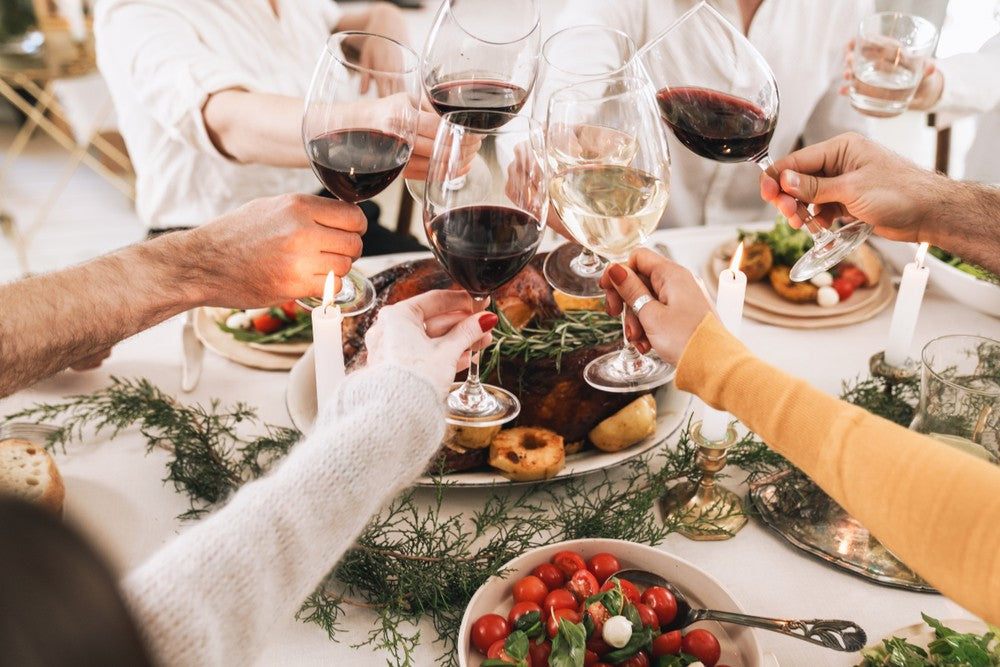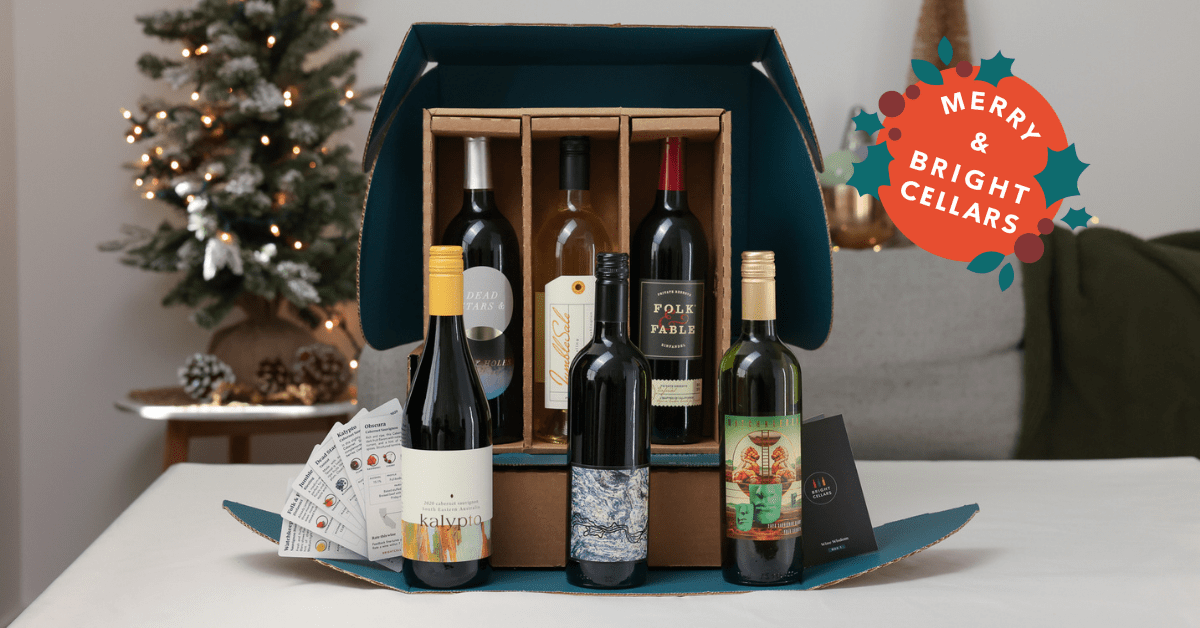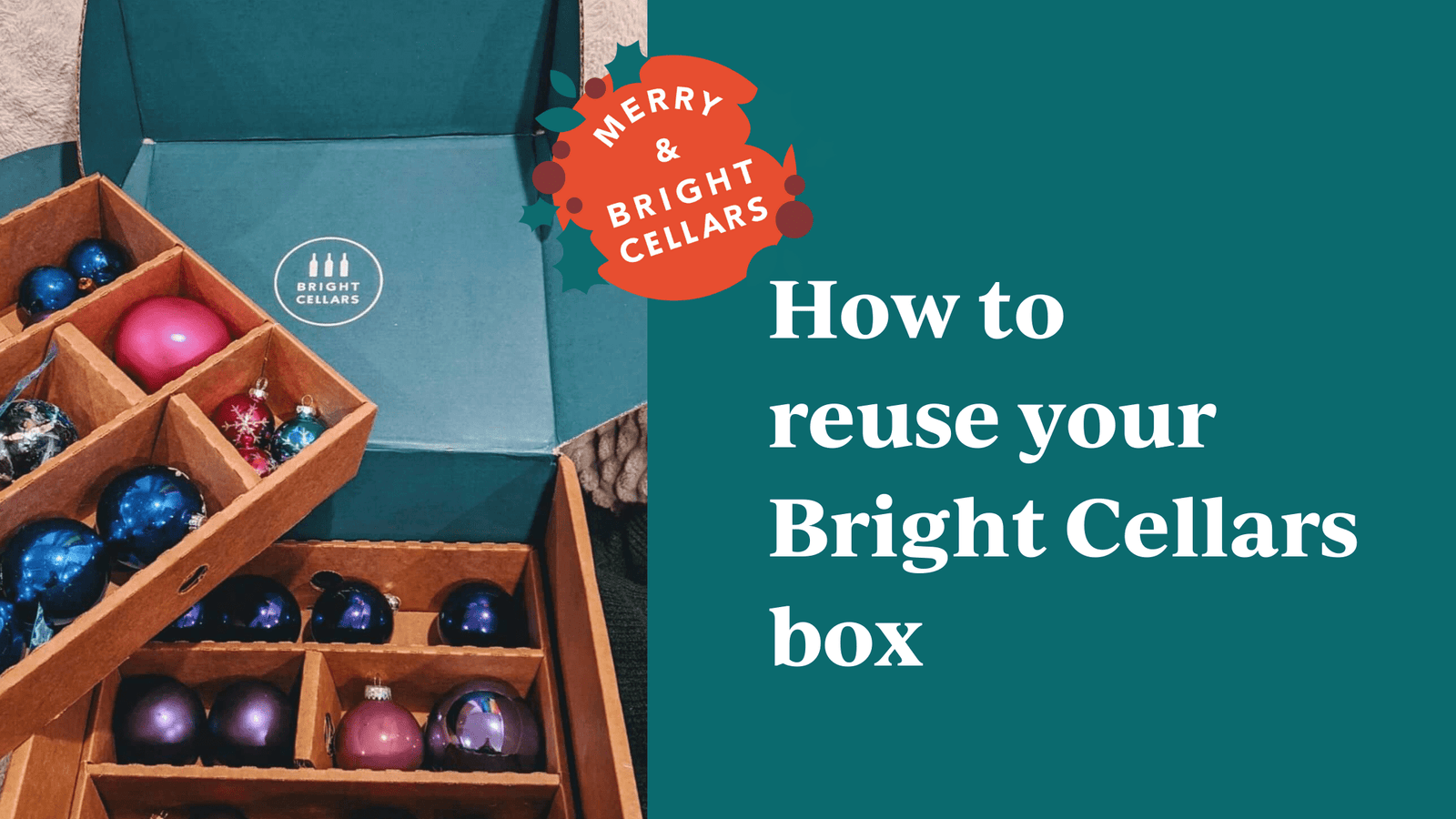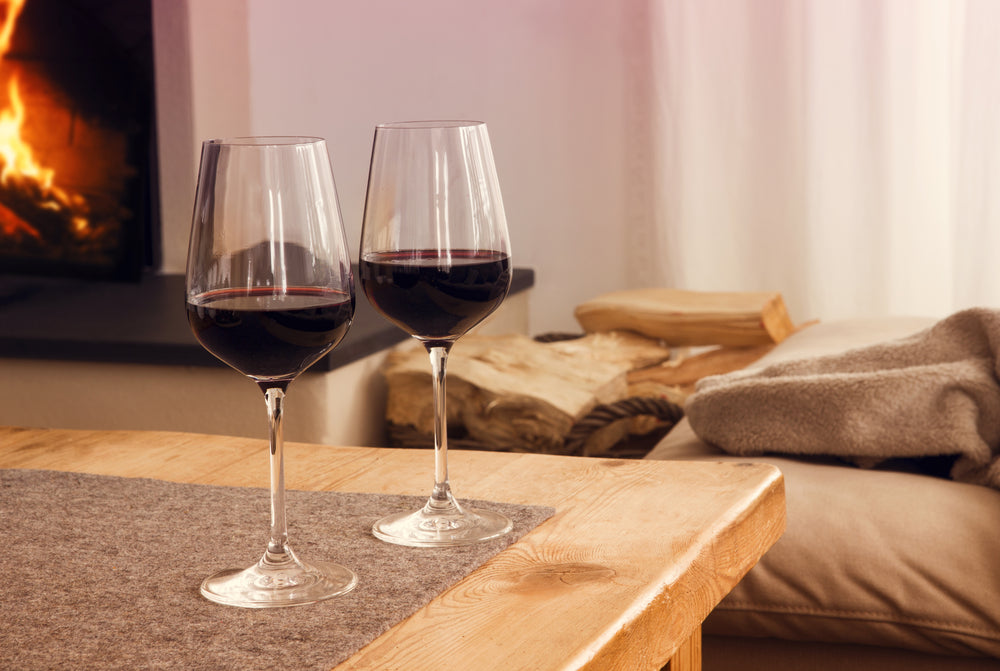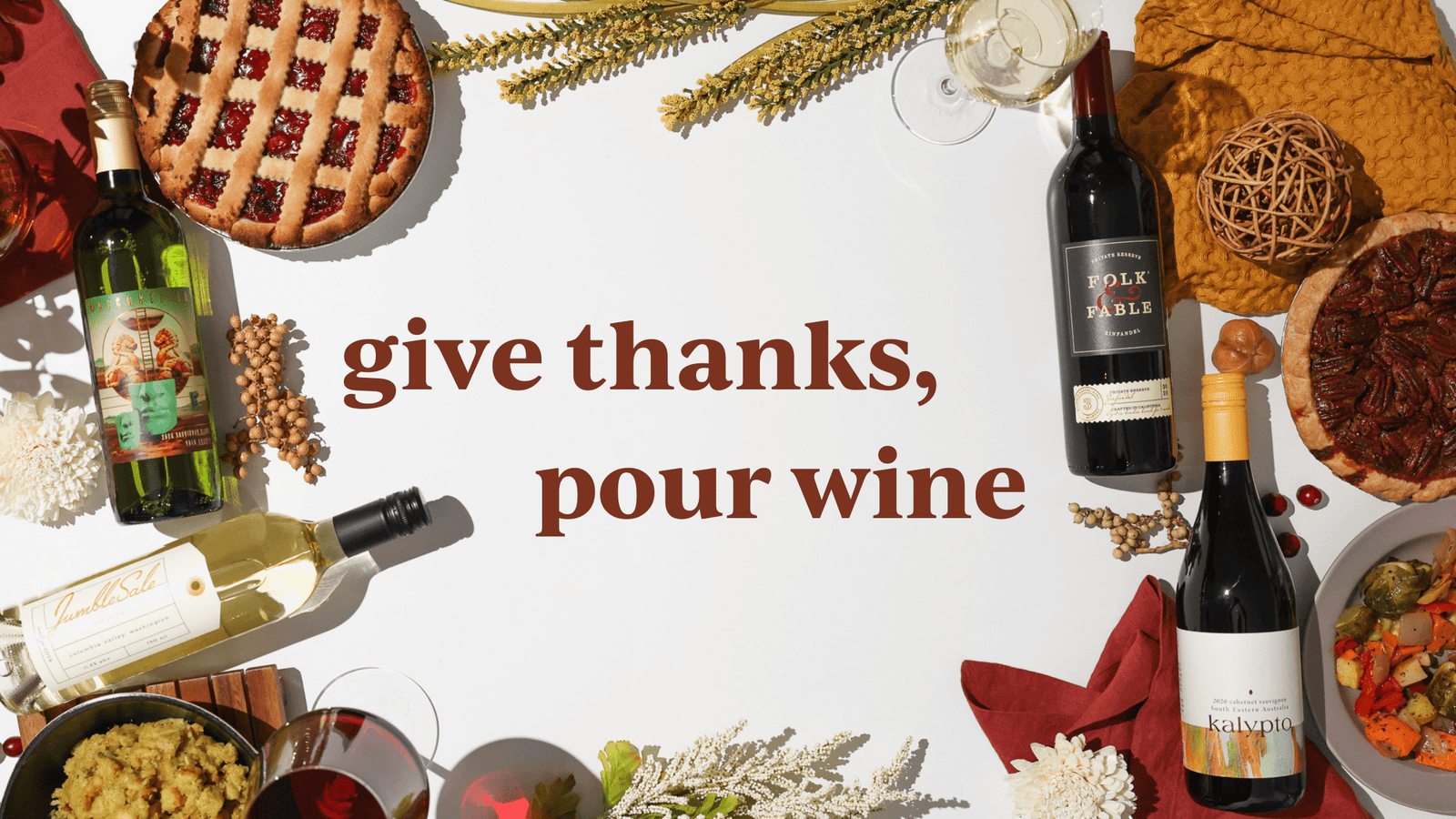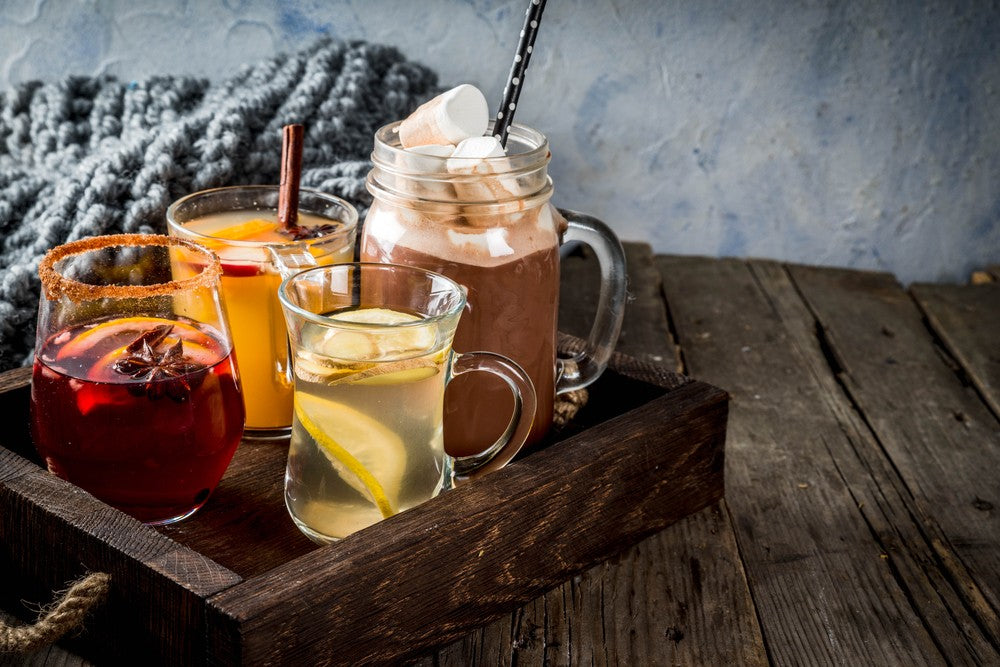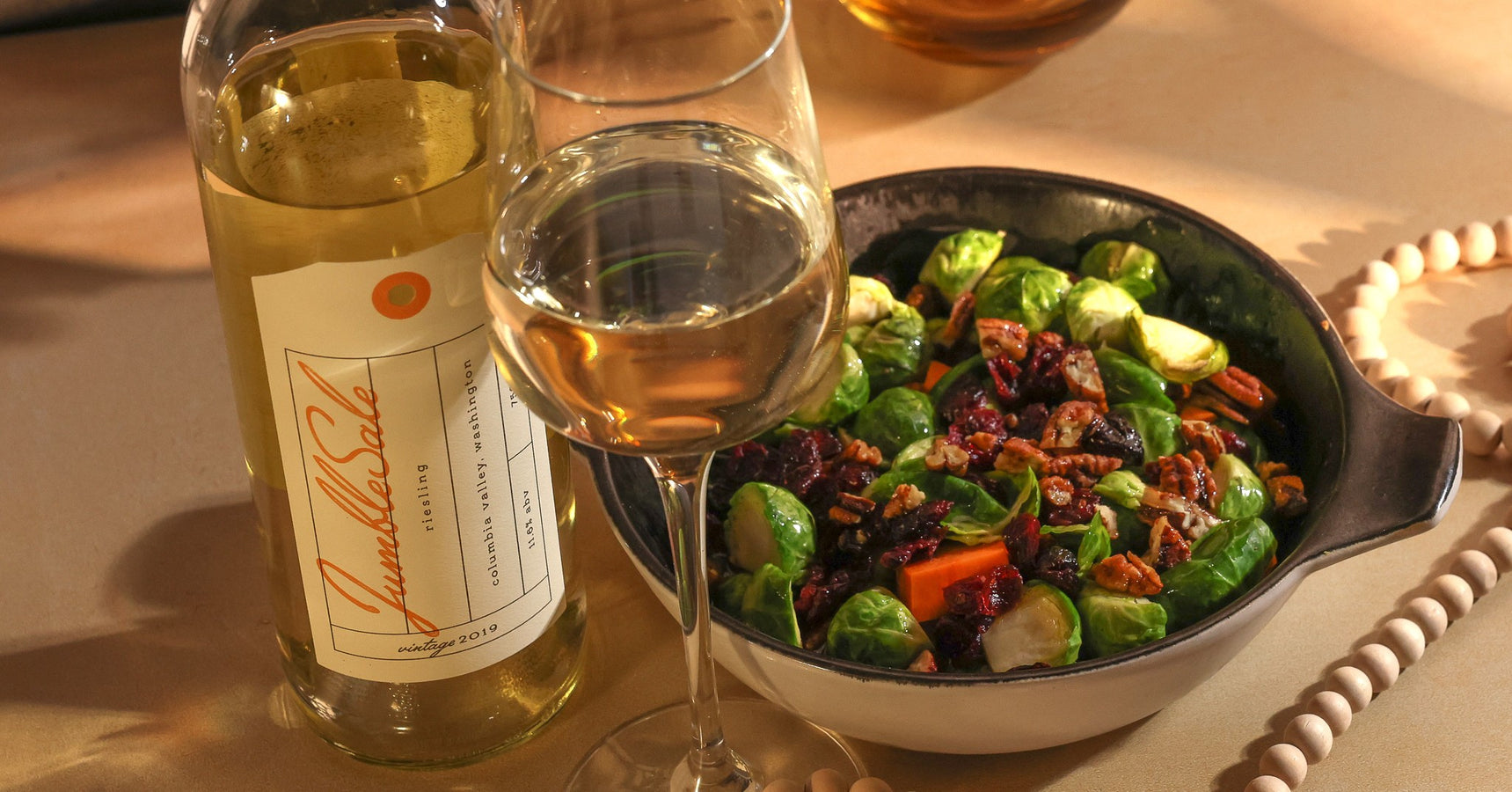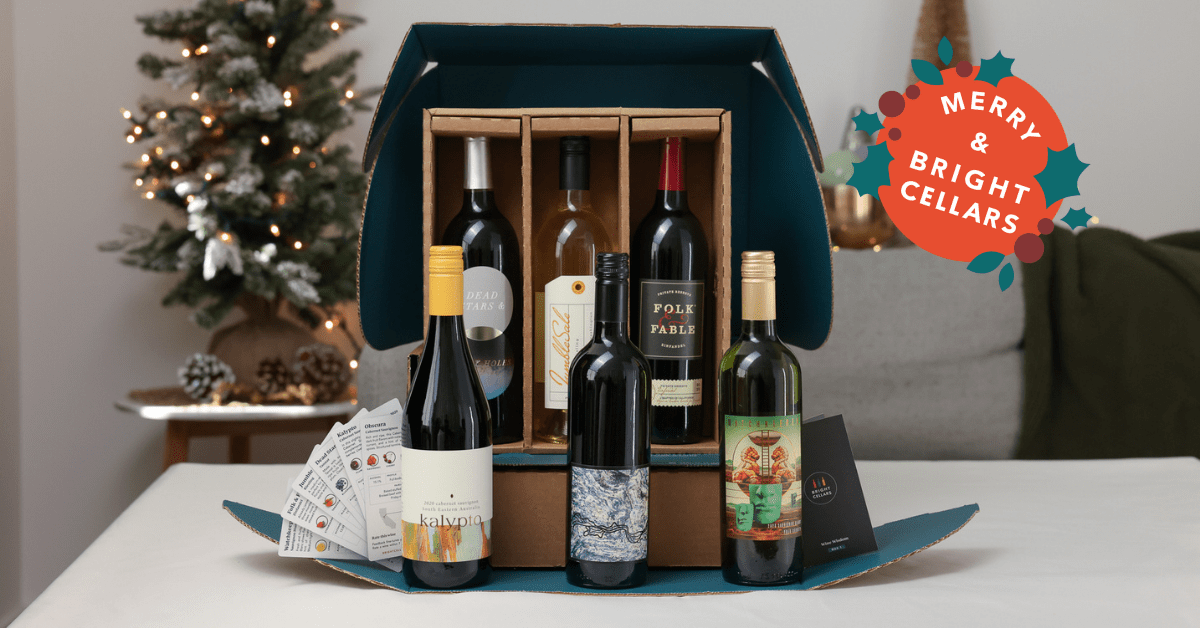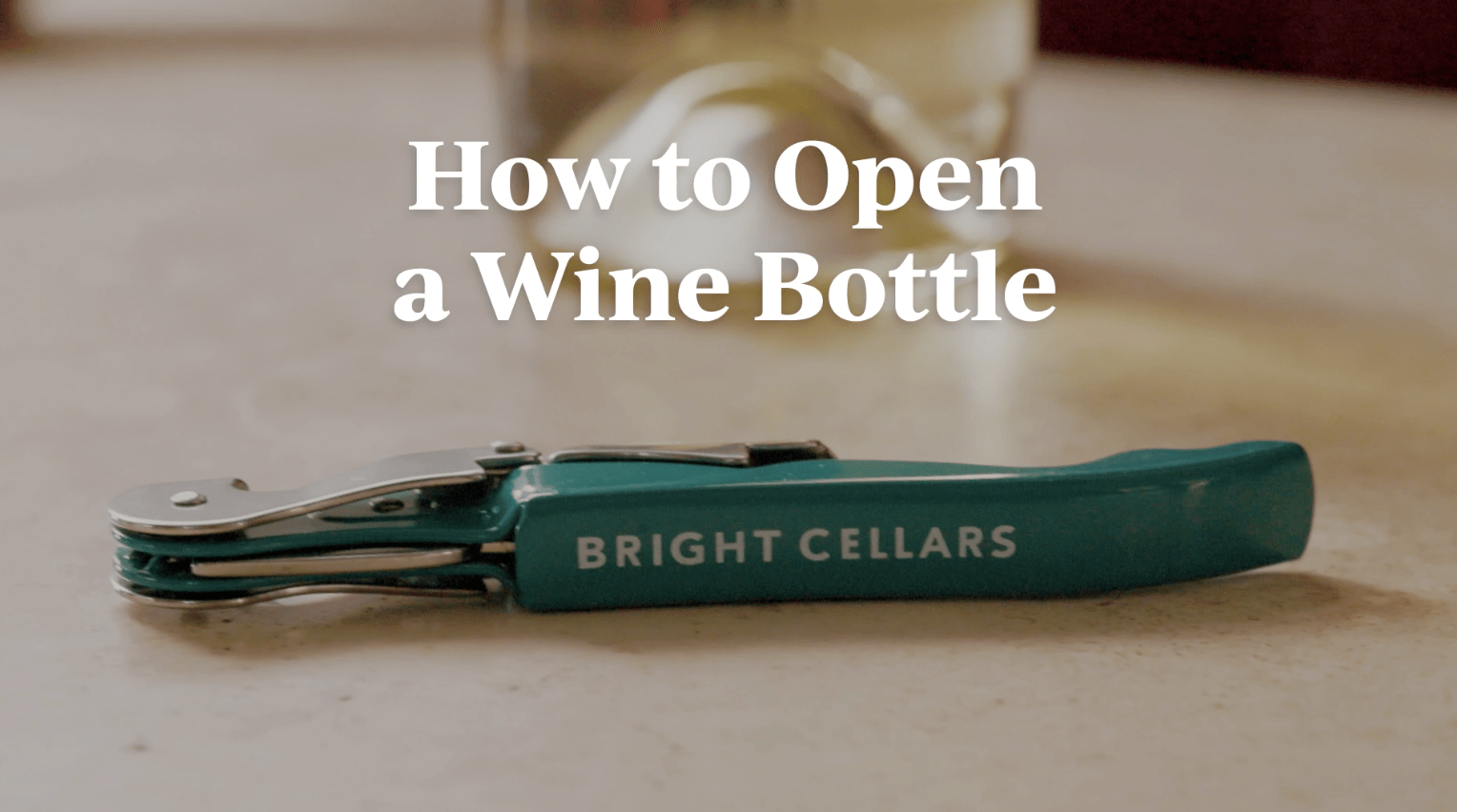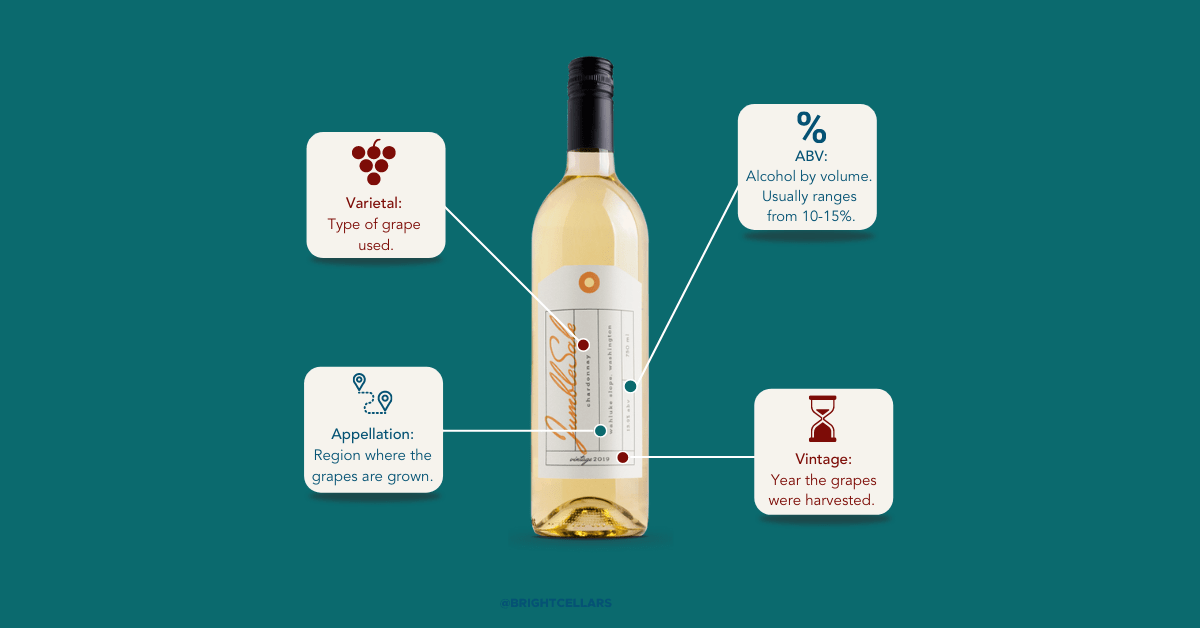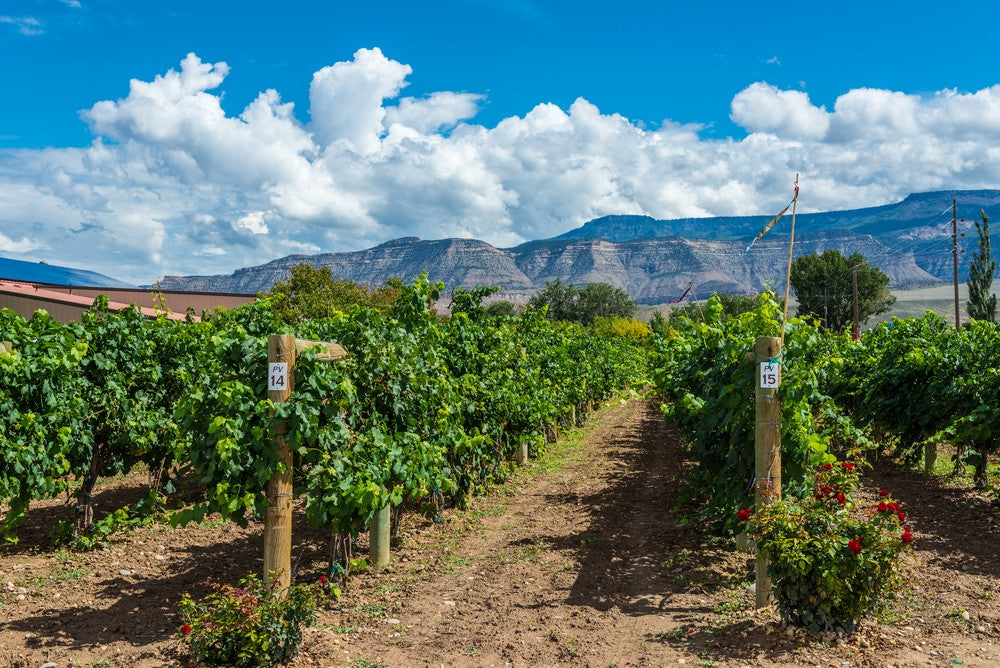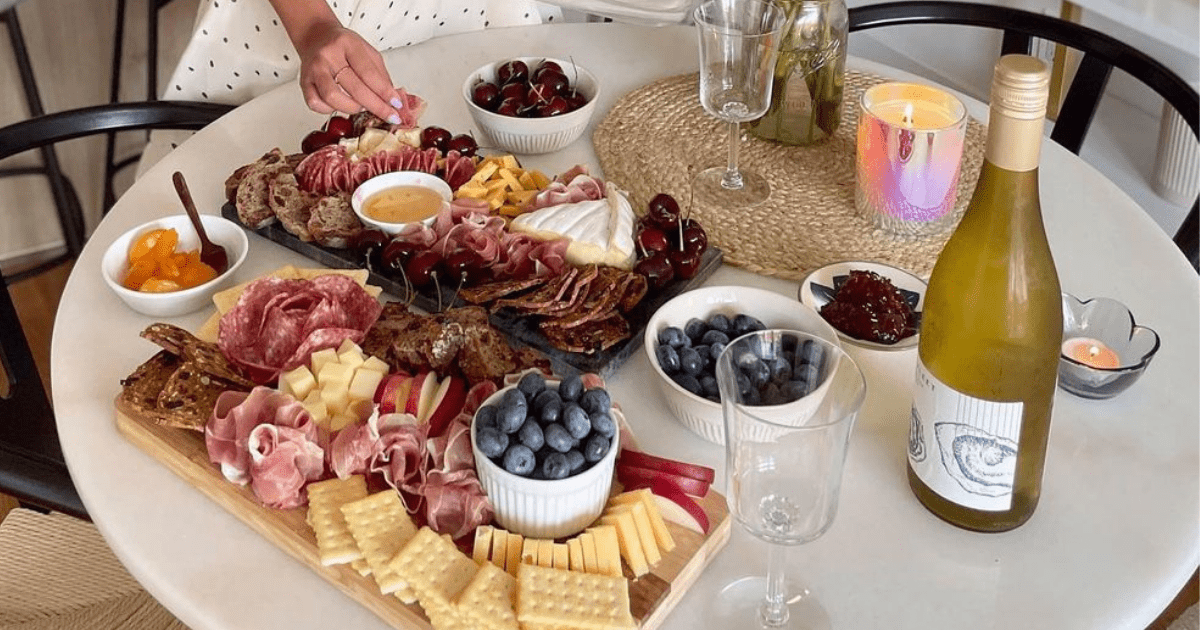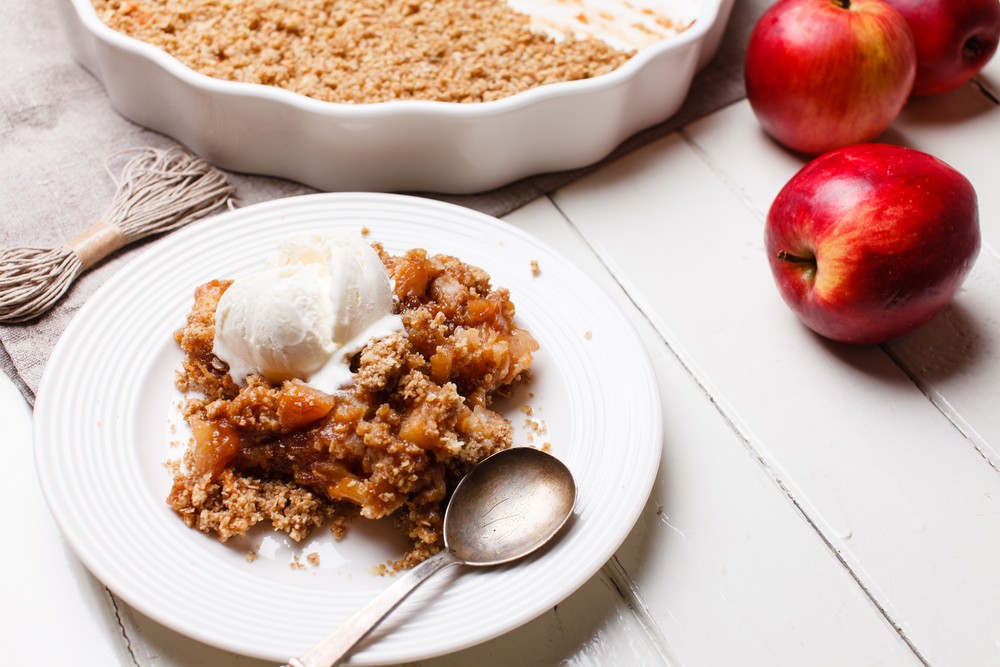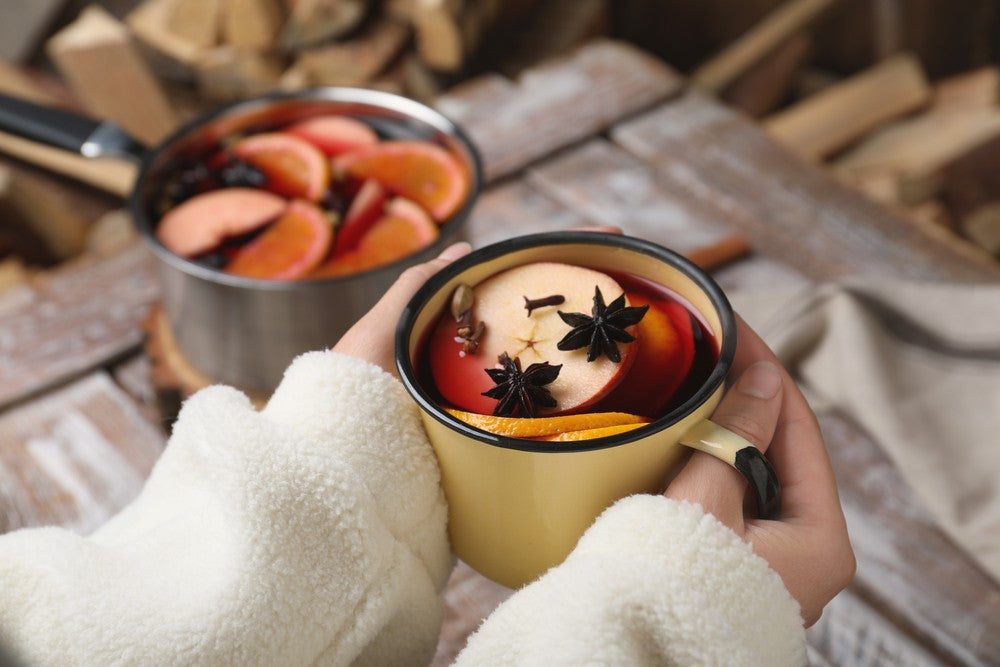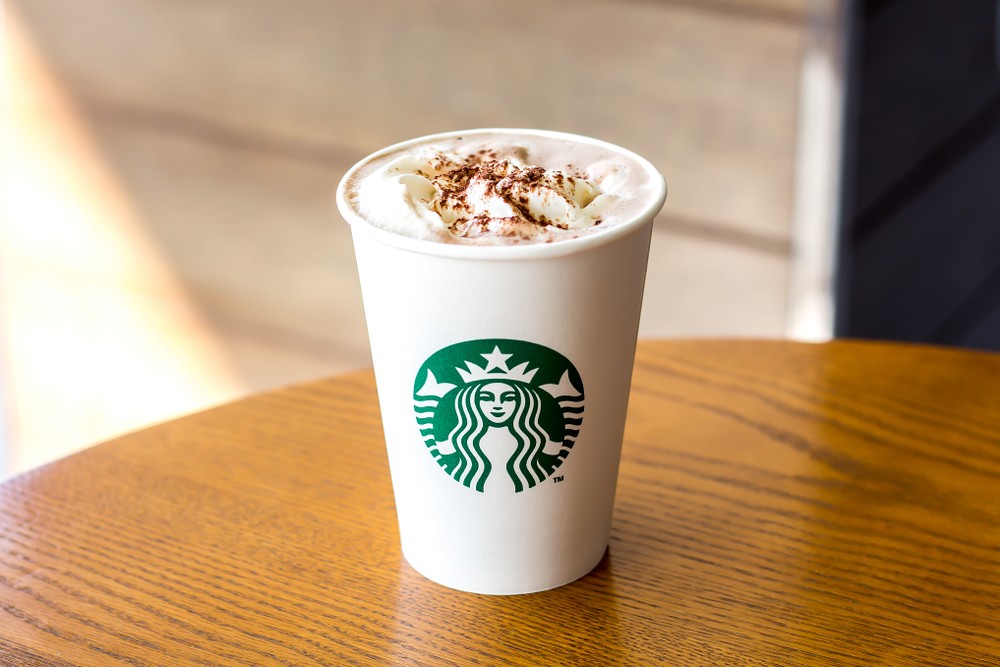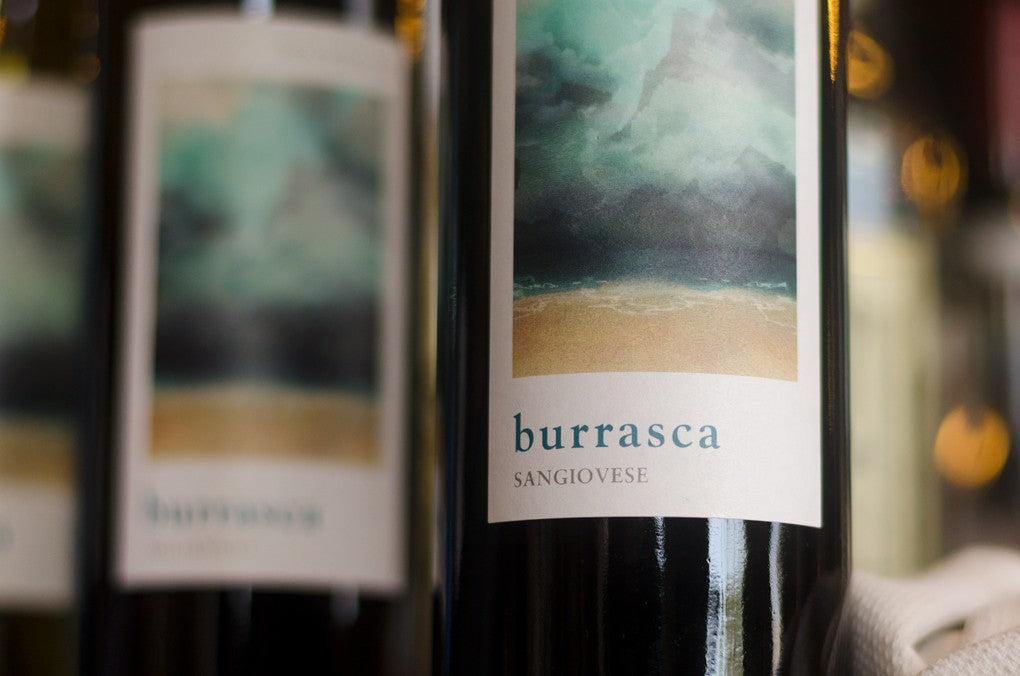
Picture this: you’re sitting on the veranda of an Italian villa. A cool breeze is blowing off the Mediterranean Sea. The sun is setting in the distance. You have a plate of authentic lasagne waiting to be devoured. Your wine glass is empty and you’re ready to drink as the Romans do, but what vino do you pour?
That is a great question. Have you ever seen an Italian wine list? They’re terrifying.
I’d love to dive into every single deliciously complex and remarkable wine that the country has to offer, but there just isn’t enough time in this life to do so. As an Italian myself, however, I feel as though it is a disservice to my ancestors if I don’t touch on the most widely planted, popular grape of Italy: Sangiovese.
I started my research which, naturally, included taste testing several Sangiovese bottles. You know, to really get familiar with the wine and its rich, ancient history. Here’s what I learned (ok FINE, I did some reading, too):
Ancient Roman history, and other exciting things.
The baby Sangiovese grape was born in Tuscany, Italy. There’s great debate over its actual birthday, but the first known reference to the grape was in 1722. The name “Sangiovese” is of Latin origin and translates to “blood of Jove,” aka Jupiter, aka the supreme Roman god of thunder, lightning and delicious red wine, apparently. Pro tip: check out this article on Greek and Roman wine gods to brush up on ancient history.
Throughout much of history, Sangiovese has been used in the production of Chianti wines. Lovers of red wine, wicker baskets or horror films are all likely familiar. The basic blend of Chianti was established back in the 1800s by the O.G. Italian wine lover, Baron Ricasoli. He was only 20 years old when he created the renowned 70 percent Sangiovese, 15 percent Canaiolo and 15 percent Trebbiano blend. When I was 20, I was still asking my mom how to make spaghetti so, major props, Barry.
Long story short, Ricasoli’s blend became prominent throughout Tuscany and eventually spread across all of Italy. Sangiovese became the hot new grape on the block. Italian immigrants brought it to California in the late 19th century, and after some growing pains, it finally took root in the U.S. Today, Sangiovese is still the primary grape of Tuscany, and it continues to grow in popularity throughout the New World.
A grape by any other name would smell as sweet.
So. Sangiovese, the grape, makes up Chianti, the wine…but Chianti is also a region in Tuscany…and both of these things are listed on the wine menu…and one of them has a rooster on its label…what is happening here? (I told you Italian wine lists were nuts.) Lemme break it down for you.
Chianti is a small region within Tuscany. They produce a ton of wine there. I mean, a ton. In Italy, wines are often labeled after the region in which they were produced, rather than the actual grape like we do in the U.S. Thus, a wine labeled “Chianti” is a wine that was grown within the Chianti region of Tuscany. This wine must contain at least 70 percent Sangiovese grapes.
To make things slightly more complicated, a wine labeled “Chianti Classico” signifies that its grapes were grown in the original historic boundaries of Chianti. This wine must contain at least 80 percent Sangiovese. These Chianti Classico wines are always
marked with a black rooster on their seal, and they are some of Italy’s most renowned bottles. Still following? Let’s get a little mathematical and break it down even more:
Sangiovese = principal red grape of Tuscany.
Chianti = small, Sangiovese-producing region within Tuscany.
“Chianti” wine = minimum 70 percent Sangiovese.
“Chianti Classico” wine = minimum 80 percent Sangiovese + black rooster sticker.
Easy.
Just kidding. In addition to Chianti and Chianti Classico, Sangiovese wine is known by numerous other names. If you run across any of the following, just know that they’re made from Sangiovese and they’re going to be delicious: Super Tuscan, Brunello di Montalcino, Rosso di Montalcino, Vino Nobile di Montepulciano, Morellino di Scansano, Toscana…and the list goes on. Fortunately, the confusion with alternate names is limited to Italy. Here in the U.S., we still stick with “Sangiovese.”
It’s like a cherry cigarillo, but it’s actually good.
Because of the different climates and growing conditions throughout Italy, Sangiovese wine can vary from delicate and floral to intense and tannic. Amongst all regions, however, you’ll notice one common theme: CHERRY.
From my intensive research mentioned above, I concluded that – aside from being cherry dominant – Sangiovese wines are always acidic, always slightly earthy and rustic (think: dried herbs and tobacco), and always make me want pizza.
Always. Pizza.
Because of its medium body and savory characteristics, Sangiovese is an incredibly food-friendly wine. As a general rule of thumb, what grows together goes together. If you’re drinking Italian vino, of course Italian cuisine is going to be a great match.
Pairing the acidic wine with acidic tomatoes (more specifically, tomatoes on top of dough, smothered in cheese and baked at 450 degrees), will actually enhance the fruity notes of the wine. Pairing a more tannic Sangiovese with cured meats or hard Italian cheeses is another no-fail choice.
Still thirsty?
Now, take it back to your veranda, the cool Mediterranean breeze and that terrifyingly overwhelming wine list. Are you feeling any more confident? If you’re still wary, think back to that baby Sangiovese grape. If that little pre-raisin can dominate an entire Italian wine region, surely you can select some vino to fill your glass.
Salut!
